By Sean E. Andres
Clara Ann Thompson was a poet and daughter of parents who escaped slavery. Along with her sister Priscilla Jane, she rose to significance but fell into obscurity as life happened to her. Her voice reached beyond the Ohio River Valley to influence national movements. She stood strong in the face of oppression, fighting from the churches and schools of Cincinnati.
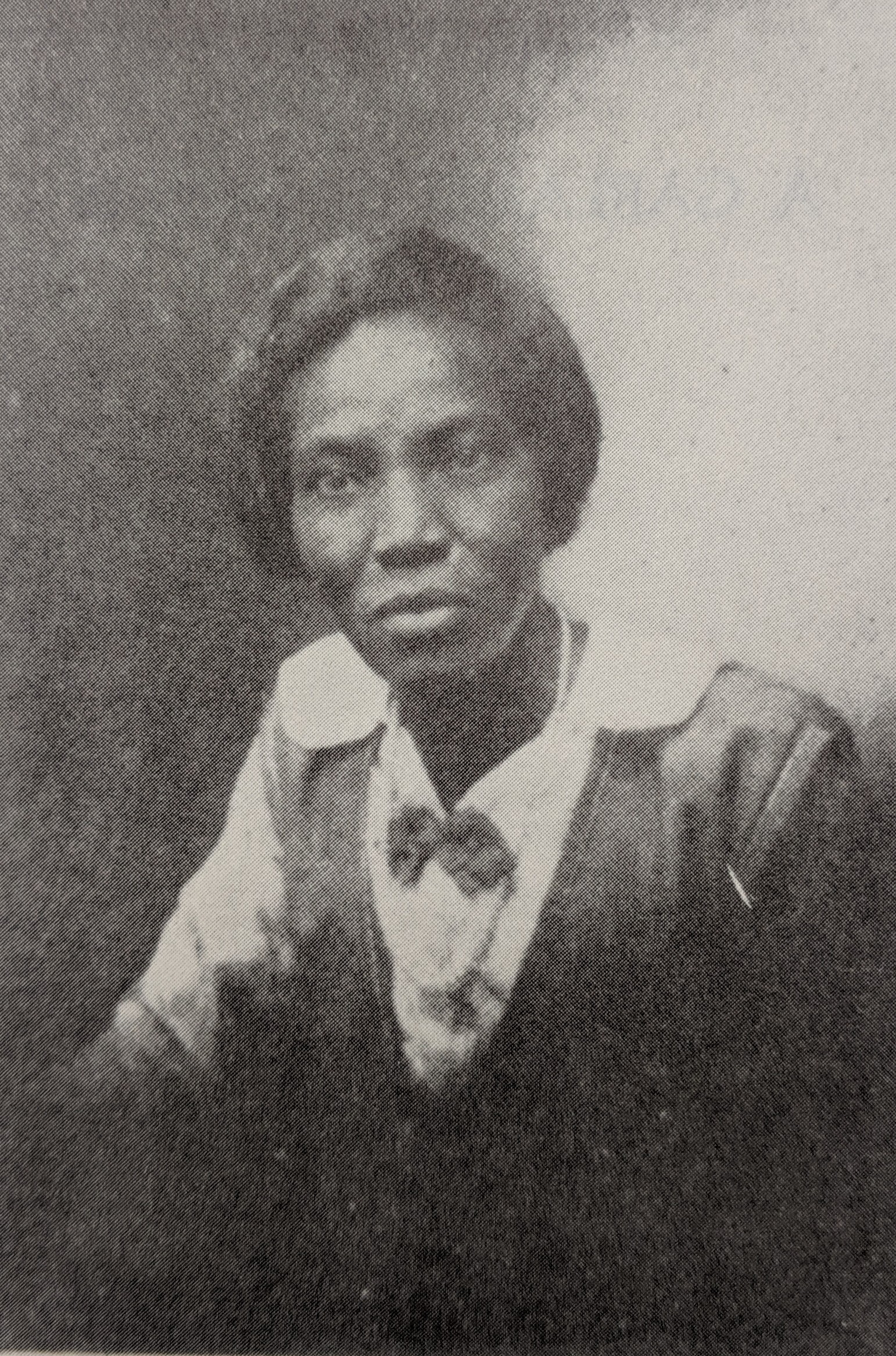
John Henry (b 1822) and Clara Jane Thompson (b 1836) were born in Virginia as enslaved people. In the 1850s, they were sold to a Kentucky plantation owner. Around 1855, the couple began to have a family and had five children there. Soon after their son Garland Yancey Thompson was born in Kentucky in 1863, the family fled across the river, assisted by Cincinnati’s Underground Railroad. They found a home at the north end of John Schenck’s property and began working for him. It seemed that the Thompson family was finally safe and free. But the family was not yet out of danger. Morgan’s raiders came to the farm, and the Schencks hid them in the parlor with their prize horses.
Here in Rossmoyne, John and Clara had Clara Ann on 22 January 1869. John and Clara raised their children to be educated and immersed with the arts and surrounded by a community that was haunted by their pasts in slavery and the struggles for freedom. By 1880, Clara Jane had died, and Polly Dixon stepped in as a motherly figure for the children, and their slightly older brother Garland stepped in as a fatherly figure for their father, which was typical at the time for widowed men.
After school, Clara Ann trained to be a teacher. But she needed to write. With her sister, she began writing and performing her poetry in churches and schools. Clara and her siblings Garland, Priscilla, and Aaron all lived together, discussing and practicing art and literature. Imagine the three younger siblings bouncing lines off each other in their own salons.
Educators can download a unit plan that includes Priscilla and Clara.
Using their printing press, Clara Ann self-published her first book Songs from the Wayside in 1908, a book collecting her “meditations on spirituality, black folk wisdom, and nature.” Clara dedicated the book to Garland and Priscilla. By this time, Priscilla was a star in Black literature, having released two books already. Clara’s work forms a bridge between the Civil War and that of the Black empowerment of the Harlem Renaissance, as also seen in Priscilla’s poetry, juxtaposing women’s domesticity and man’s freedom of activity. Though Songs from the Wayside isn’t dedicated to her dead brother, the first poem is.
The Cincinnati chapter of the NAACP was created in 1915, five years after the national organization was formed. The sisters joined it to support civil rights, and there’s no doubt that this organized activism inspired Clara to compose and perform “What Mean This Bleating of the Sheep?” It grew in popularity as she performed it both in Cincinnati and Indianapolis at churches and events, along with her brother Aaron Belford, a rising poet in Indianapolis. In Indianapolis, she’d be introduced to noted poet James Whitcomb Riley and Booker T. Washington, the Thompson family’s direct influence on Washington D.C. and the Harlem Renaissance. Clara Ann’s “Bleating” poem would end up a national talking point for several years, and its popularity demanded it to be printed. So in 1921, Clara Ann copyrighted an eight-page pamphlet of the increasingly popular poem. (Download the full poem here.) This allowed her to self-publish it on demand.
Clara Ann had been garnering regional and national attention. In 1926, the Christopher Publishing House had no choice but to publish the increasingly renowned Clara Ann Thompson. This departure from self-publishing meant that her name was established enough for people to believe that she, a Black woman, could write. The second collection, entitled A Garland of Poems was dedicated to Garland “in recognition of his unfailing Kindness and Affection.”
As proven by her second book, Clara’s race-related poetry seemed to fall by the wayside as she suffered more loss and found more comfort in her spirituality. With religious poetry, Clara sought to comfort in dire times of World Wars, domestic terrorism of white supremacy and nationalism, and worldwide flu outbreak. The church served as a place for spiritual guidance, education, and social work within the Black community, as many places would not be welcoming to them. The church would later be credited with birthing the Civil Rights movement. Notably, in the book, she eulogized Booker T. Washington.
After Garland died, he left the house to Clara Ann, who inherited the family property there in Rossmoyne and bought some others’. Garland’s death left Clara to care for Priscilla herself, whose ailments were more frequent. She became less able to provide for the two, but Clara continued to support them through real estate dealings and maid services. Poetry was no longer a profession; it was becoming a hobby and even a past. Priscilla died in 1942 at 71. As the last surviving sibling, Clara Ann bought one tombstone for four of her siblings buried at the Colored American Cemetery: Garland, Samuel, Aaron, and Priscilla. Clara Ann would still sorely grieve the seven remaining years of her life. They had spent their entire lives living together, not just as sisters but best friends.
Clara died from a cerebral hemorrhage at 80 on Friday, 18 March 1949 at her final residence in Rossmoyne. Clara, too, was buried with the rest of her family, though she has no known gravestone.
Clara Ann’s poetry served as a bridge between the Civil War and civil rights, not living to see either but affected by the former and affecting the latter. Her editors and critics are harsh. In Newman Ivey White’s An Anthology of Verse by American Negroes (1924), the editor considers Clara more artistically polished and restrained in comparison to her brother and sister. However, he criticizes that she “has no breadth of view, or intensity or much imagination, and not much culture.” I should note that culture here is being measured and defined by a white man in the U.S., so let’s not take that one very seriously.
Clara Ann Thompson is a remarkable writer, and there is absolutely no reason why “Bleating” and the Uncle Rube poems shouldn’t be in more anthologies.
Take the Clara Ann Thompson Tour
Very few physical structures of Clara’s known life stand anymore. But if you want to see where she would have written and read her poetry, while enjoying some local establishments, follow this path:
- The Schenck house: Though the Schenck house is private property now, you can still visit from the sidewalk at 4208 Schenck Ave. There is a sign outside that talks about the Thompsons and Morgan’s raiders.
- The Thompson property: Just down the road from the Schenck house is the 5-acre property John H. Thompson bought from the Schencks. There, John built a house and later Garland, where Priscilla would live and write.
- Get food in your belly!: Arrechissimo and Kinneret Cafe are both excellent local restaurants you’d salivate over just reading the menu.
- Honor the dead: United American Cemetery is located at 4732 Duck Creek Rd. There you can find her sibling’s gravestone. Her plot is somewhere nearby.
- Celebrate Clara Ann: There’s a lot to do in Oakley and Madisonville, so you can spend the rest of the day there! But wherever you choose to celebrate, try to support establishments owned and operated by Black women. Supporting Black women was important to Clara and Priscilla.
Photo Gallery
Click photos to enlarge.
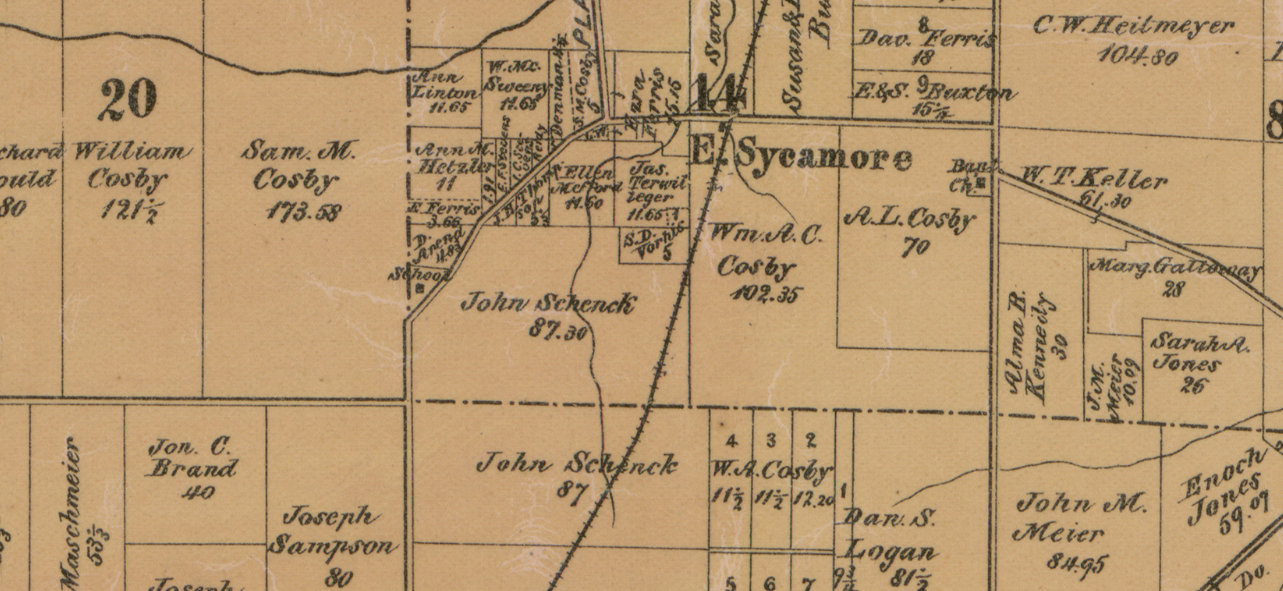
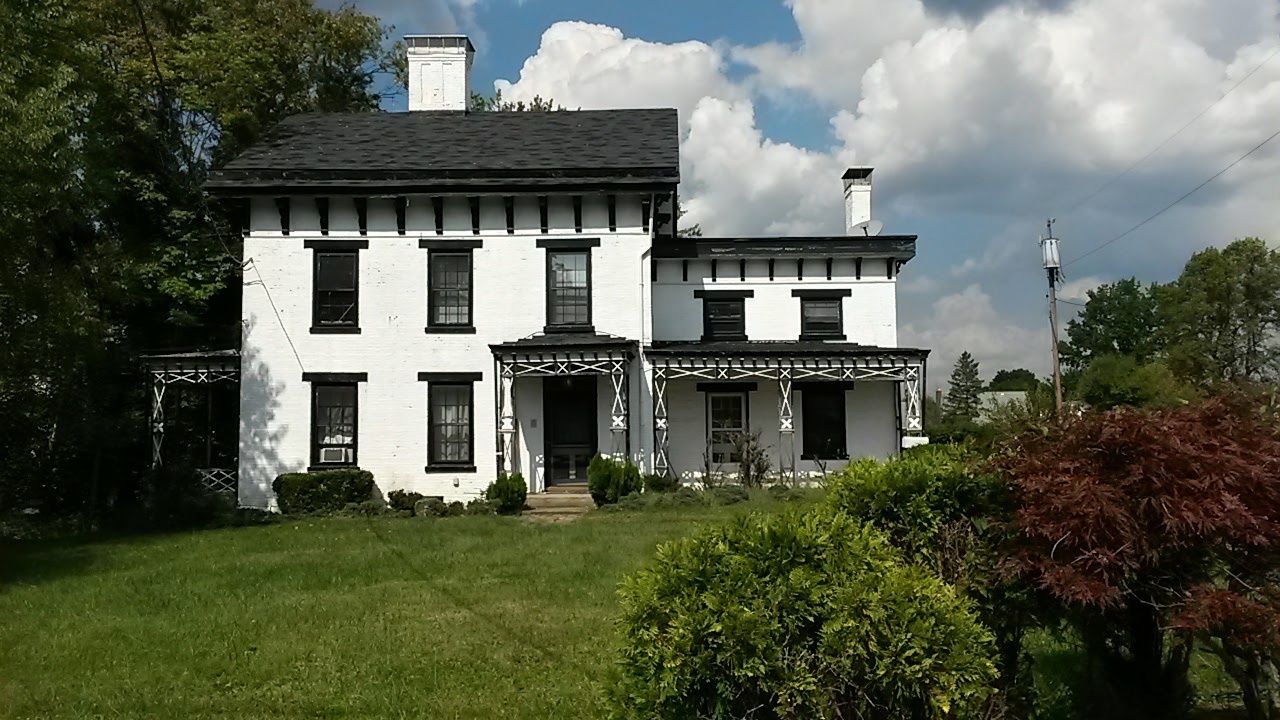
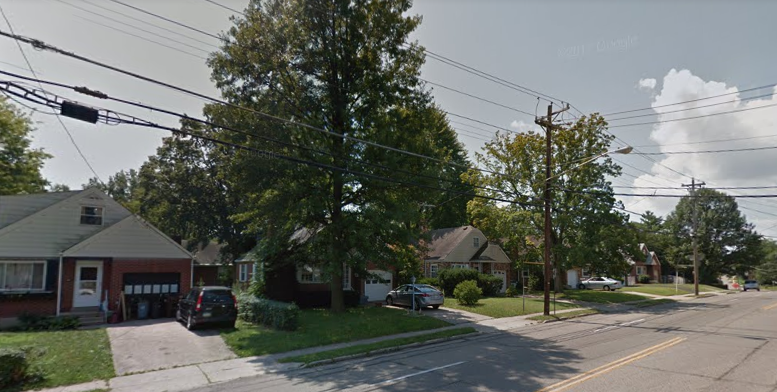
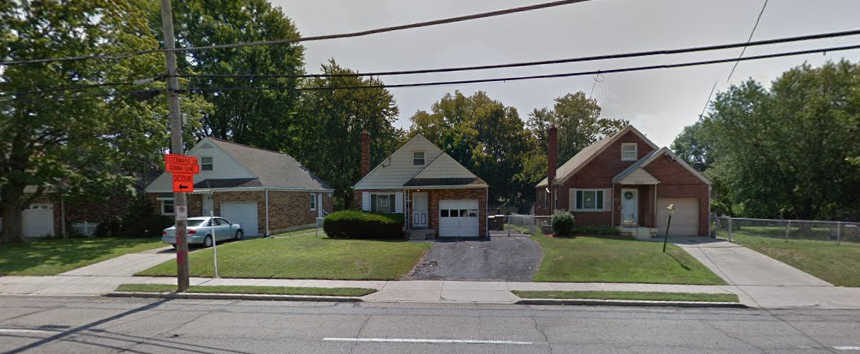

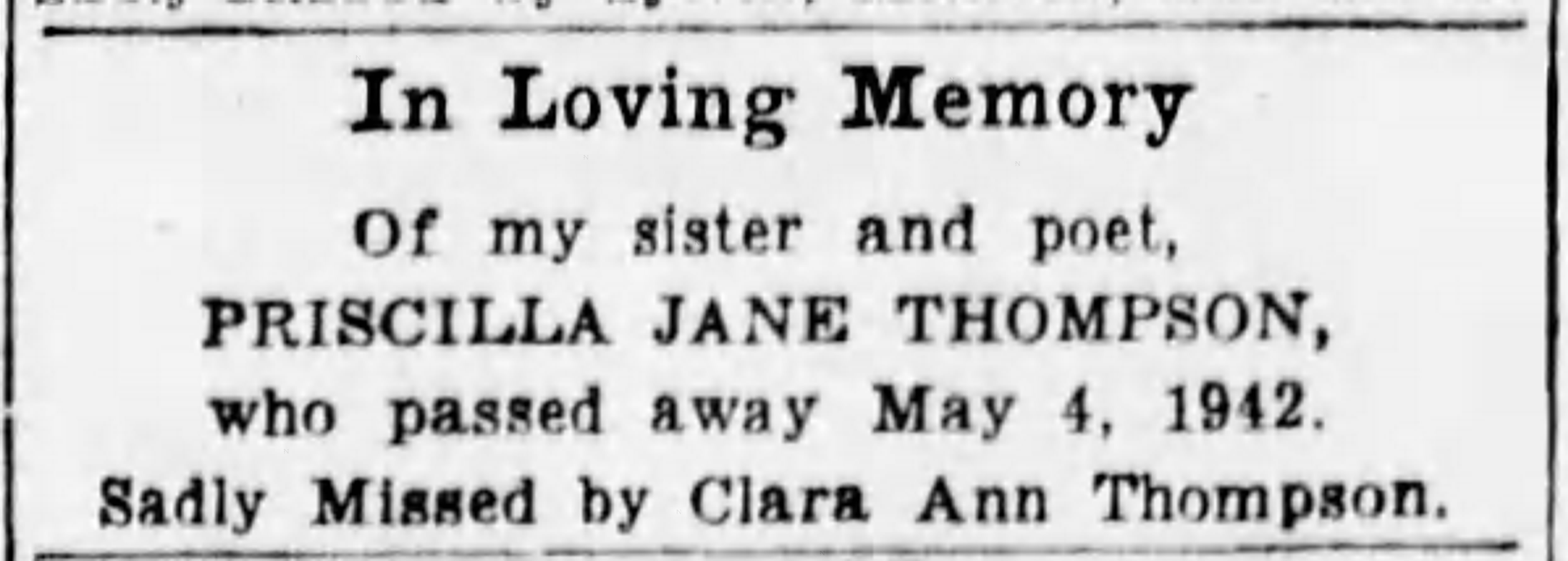

Sources
- A Garland of Poems by Clara Ann Thompson
- Songs by the Wayside by Clara Ann Thompson
- Biographies by Tonya Bolden
- Cincinnati’s Colored Citizens by Wendell P. Dabney
- Encyclopedia of the Harlem Renaissance by Aberjhani and Sandra L. West
- Newspapers.com
- U.S. Catalogue of Copyright Entries
- U.S. Census Records
- Voices in the Poetic Tradition by Mary Anne Stewart Boelcskevy, Clara Ann Thompson, J. Pauline Smith, Mazie Earhart Clark
Notes
Concerning photos: All photos are taken/owned by Queens of Queen City or given permission for use here only and are indicated when originating elsewhere. Please do not reproduce without our consent or the originators’ consent, respectively.
*I haven’t given up looking for where Clara’s buried, and a future goal is to raise funds for her headstone.

YES! THANK YOU FOR BRINGING AARON TO LIFE.
LikeLike
I thoroughly enjoyed this page. Thank you for showcasing the lives of women who deserve their place in recorded history.
I did note an edit to make on the bio of Clara Ann Thompson. Her parents began having a family in 1855 ~ not 1955, as shown in your bio.
An easy error I have made myself from time to time!
Thanks again~
Sonja Sommers Milbourn
LikeLike
Thanks, Sonja! We try our best, and the Thompson sisters are among our very favorites. We try to really make them known. And thank you for the correction. It’s what happens when you look at stuff too long!
LikeLike
I read a poem by Clara Ann Thompson (“Life and Death”) in the remarkable book “One Last Word” by Nikki Grimes. I wanted to know more about Ms. Thompson than the small biography in the back of that book and your website is a treasure trove. Thank you so much for your work on these lives that need to be known as part of our American history.
LikeLike
Oh, thank you! That means a lot. Look for more to come on my work with the Thompsons!
LikeLike
Excellent history of what sounded like an excellent family. I wish there was a book published that would give the entire history of the family.
LikeLike
Hi, Carol. Thank you! I’m working on it!
LikeLike